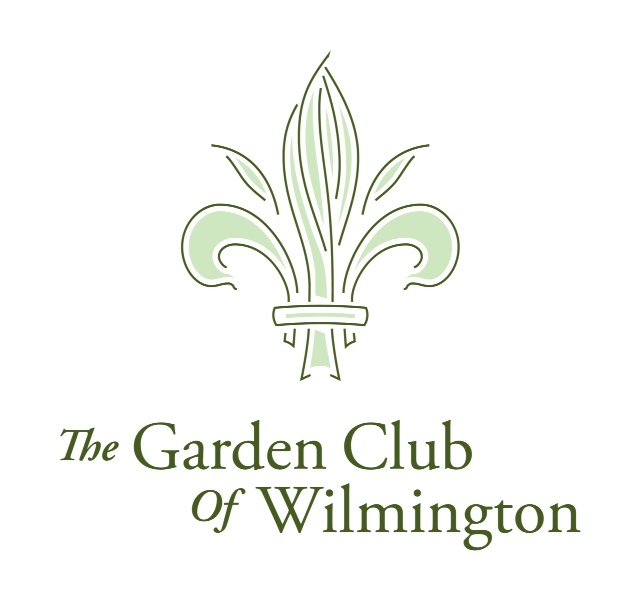Aristolochia macrophylla (Dutchman's Pipe)
The 2019 Freeman Medal winner is an intriguing native vine that can be used to create a lush living wall, a sheltering green roof, a thick ground cover, or an attractive privacy fence. Aristolochia macrophylla (Dutchman's Pipe) is a deciduous vine that has been used in American gardens since the eighteenth century, especially to shade porches and windows from the hot summer sun. Large, heart-shaped, densely overlapping leaves 6 to 12 inches long can quickly cover an arbor or trellis with attractive, glossy, deep green foliage and create a canopy impenetrable to the rays of the sun or moderate rain.
Aristolochia macrophylla (Dutchman's Pipe) is named for its exotic pale yellow flowers that resemble a “Dutchman’s pipe." The flowers bloom in May and June among a swathe of large, fuzzy, heart-shaped, dark green leaves.
A unique and underused vine, Aristolochia macrophylla is especially important as the host plant for the Pipevine Swallowtail Butterfly. Pipevine Swallowtails lay their eggs in small clusters on young leaves or stems. When the eggs hatch, the leaves become an important food source for the growing caterpillars.
The unusual shape of the pipe blossom serves as a type of 'fly-trap,' attracting small insects that are temporarily held and released to carry pollen to the next flower. Observers of all ages will be fascinated watching nature in action.
Aristolochia macrophylla, also known as Isotrema macrophyllum, is a versatile and valuable vine that thrives in USDA zones 4 to 8, in sun to part shade, and in average to moist soil. It is deer resistant and pollution tolerant, and it has no serious insect or disease problems. It is a workhorse vine with an exotic look that would highlight a small or large native garden in the twenty-first century.
Aristolochia macrophylla (Dutchman's Pipe)
Proposed by Abby Coffin, Chestnut Hill Garden Club, Zone I
Honorable Mention was awarded to a remarkable ornamental shade tree that is native throughout the northeast and central United States.
Gymnocladus dioicus (Kentucky Coffeetree)
Gymnocladus dioicus (Kentucky Coffeetree) grows in USDA zones 3 to 8 and has unique characteristics that make it stand out as a striking and aesthetically pleasing tree throughout all four seasons. In early summer, the showy greenish white female flowers are 8 to 12 inches long and have the fragrance of roses. During summer, the tree has a soft lacy appearance and the female flowers give way to flattened, reddish-brown pods up to 10 inches long. The pods, which ripen in October and persist well into winter, provide a striking silhouette against a winter sky. Male trees are also a good option because they provide seasonal interest with smaller flowers and no seedpods
Gymnocladus dioicus (Kentucky Coffeetree)
Proposed by Brenda Barrett and Elizabeth Schnabel
Garden Club of Lexington, Zone VII
Honorable Mention was awarded to Viburnum rufidulum (Rusty Blackhaw, Southern Blackhaw), an incredibly versatile and underutilized native plant that can be used as a small specimen tree, a showy shrub border, an understory planting or naturalized to provide habitat in a woodland setting.
Viburnum rufidulum (Rusty Blackhaw, Southern Blackhaw)
With four-season interest, it is covered in spring and early June with striking 5 to 6-inch-wide clusters of small, creamy-white fragrant blooms that provide nectar for bees, butterflies, and beneficial insects. Its showy flowers can be cut or dried and are surrounded by lustrous dark green, glossy, summer foliage. During fall, its clusters of dark blue berries are extremely popular with wildlife including songbirds, upland ground birds, and small and large animals. The berries are edible and taste similar to raisins. In fall, Viburnum rufidulum foliage puts on a brilliant display of autumnal colors. The show concludes with reddish-brown articulated bark that provides architectural interest in winter.
Viburnum rufidulum will grow 10 to 20 feet in USDA zones 5 to 9 in full sun or partial/deep shade. It tolerates clay and poor soil and can be planted and naturalized in ravines and along rocky banks of creeks to prevent erosion. It is resistant to disease, insects, and deer and, because it is tolerant of drought and pollution, it is an excellent option for public and urban areas.
You will probably not find this hearty, vibrant native in a big box store, but it is definitely worth asking your local nursery to get it for you.
Viburnum rufidulum (Rusty Blackhaw, Southern Blackhaw)
Proposed by Lisa Z. Manning
Garden Club of Nashville, Zone IX






